
Teaching Literacy, Language, Science, & Math
Much of our curriculum is project-based, and so is aimed to teach students a variety of skills and content relevant to their lives and interests. Projects aim to integrate components of literacy, math, science and the arts into each topic, thereby drawing the connections between the content and the core competencies as outlined in the BC curriculum. As student interests guide project inquiries, teachers provide explicit instruction in processing information and interacting intellectually through research, analysis, and thinking skills. Students are encouraged and supported to delve deeply into their learning through dialogue and experience.
Literacy and Numeracy are fundamental to all learning. While they are commonly associated with language learning and mathematics, literacy and numeracy are applied in all areas of learning.
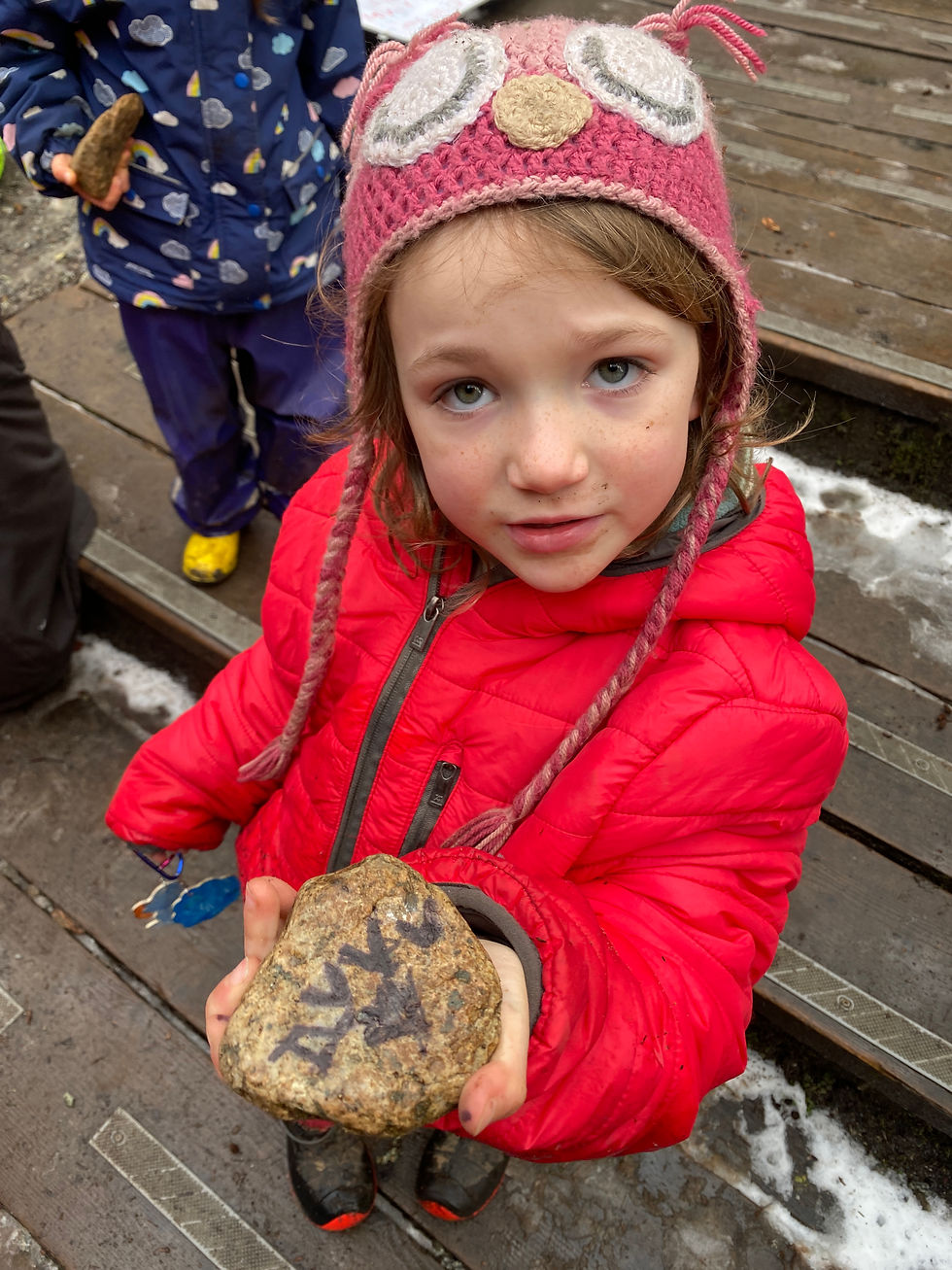



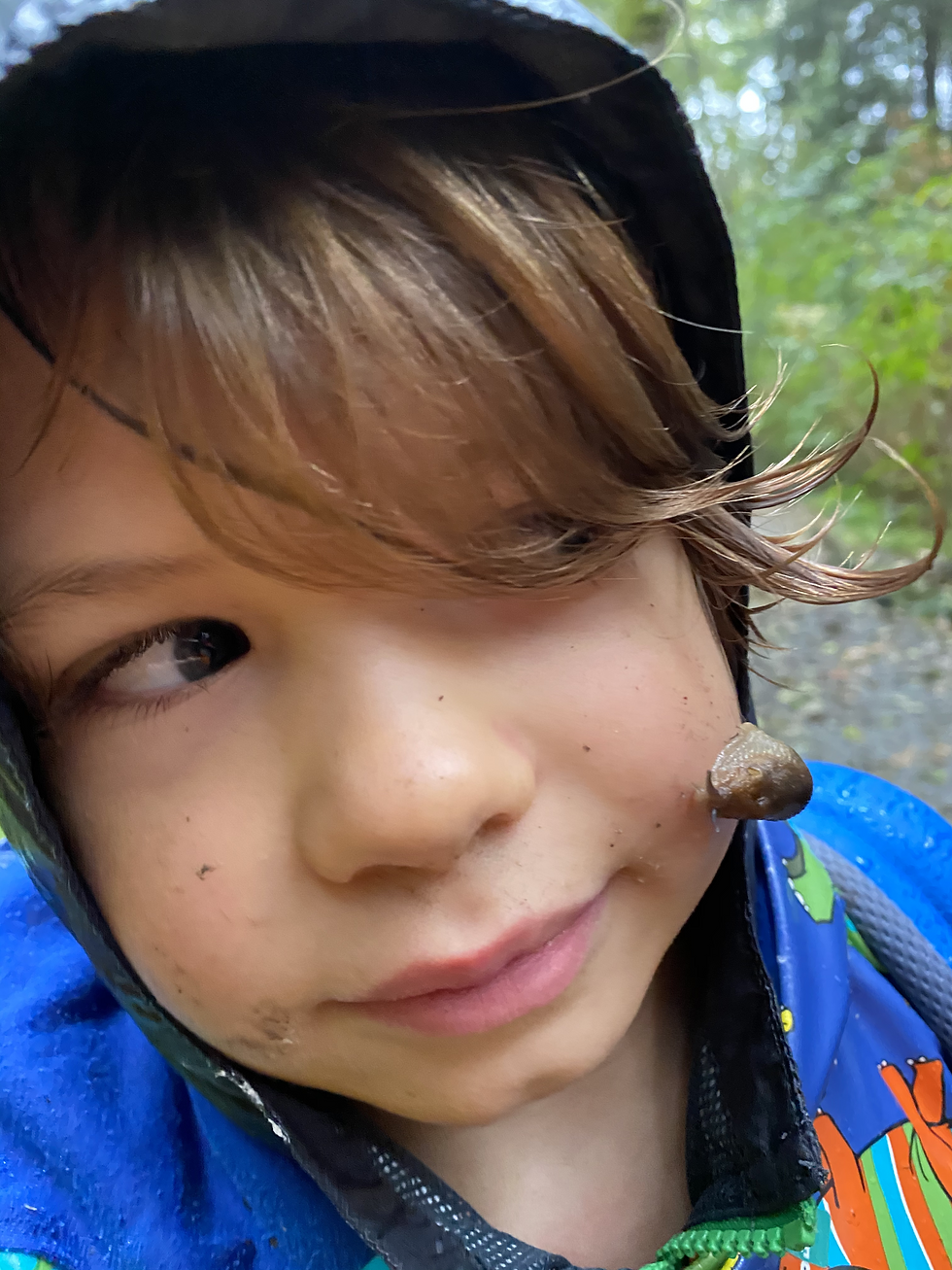
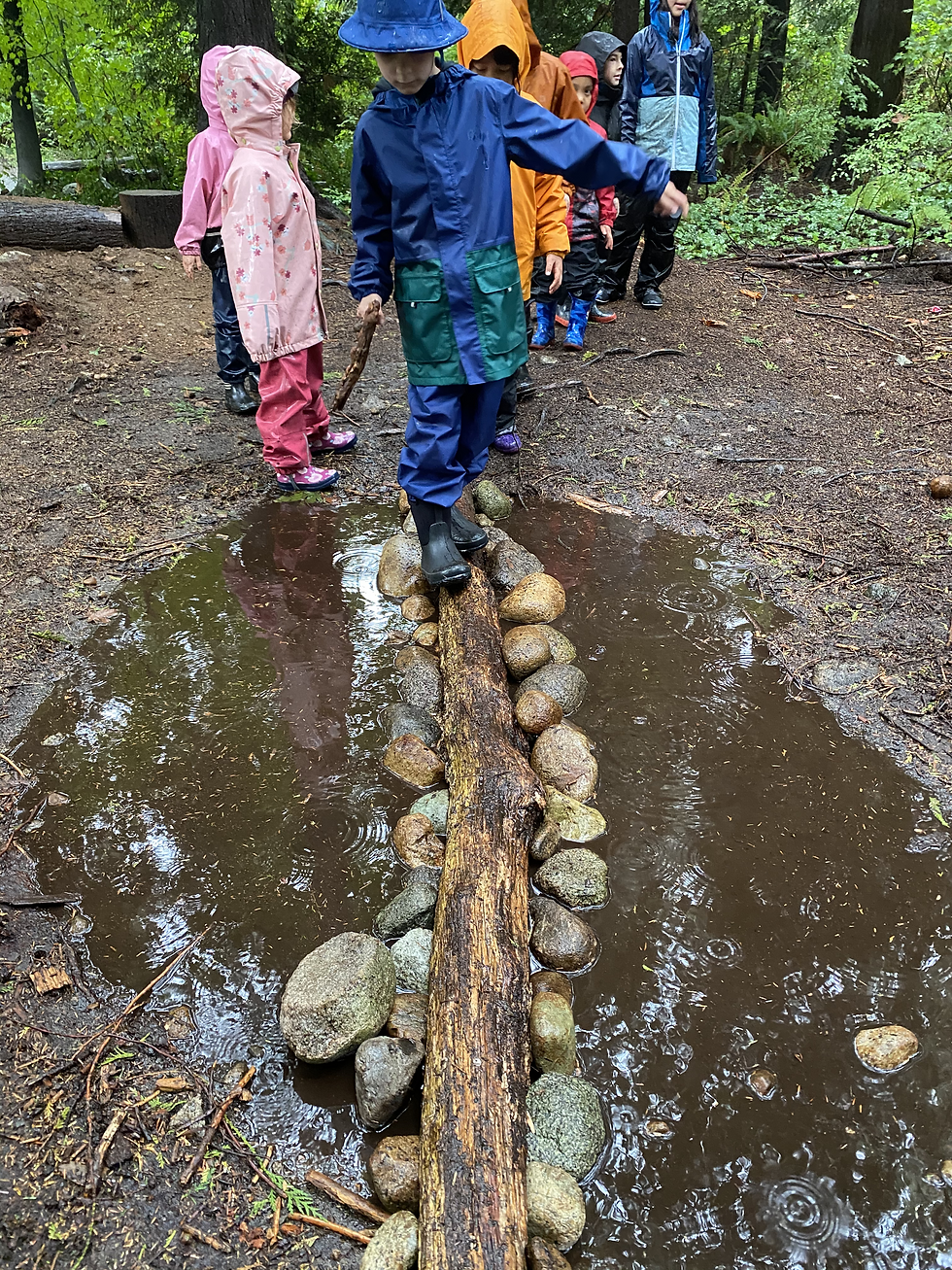
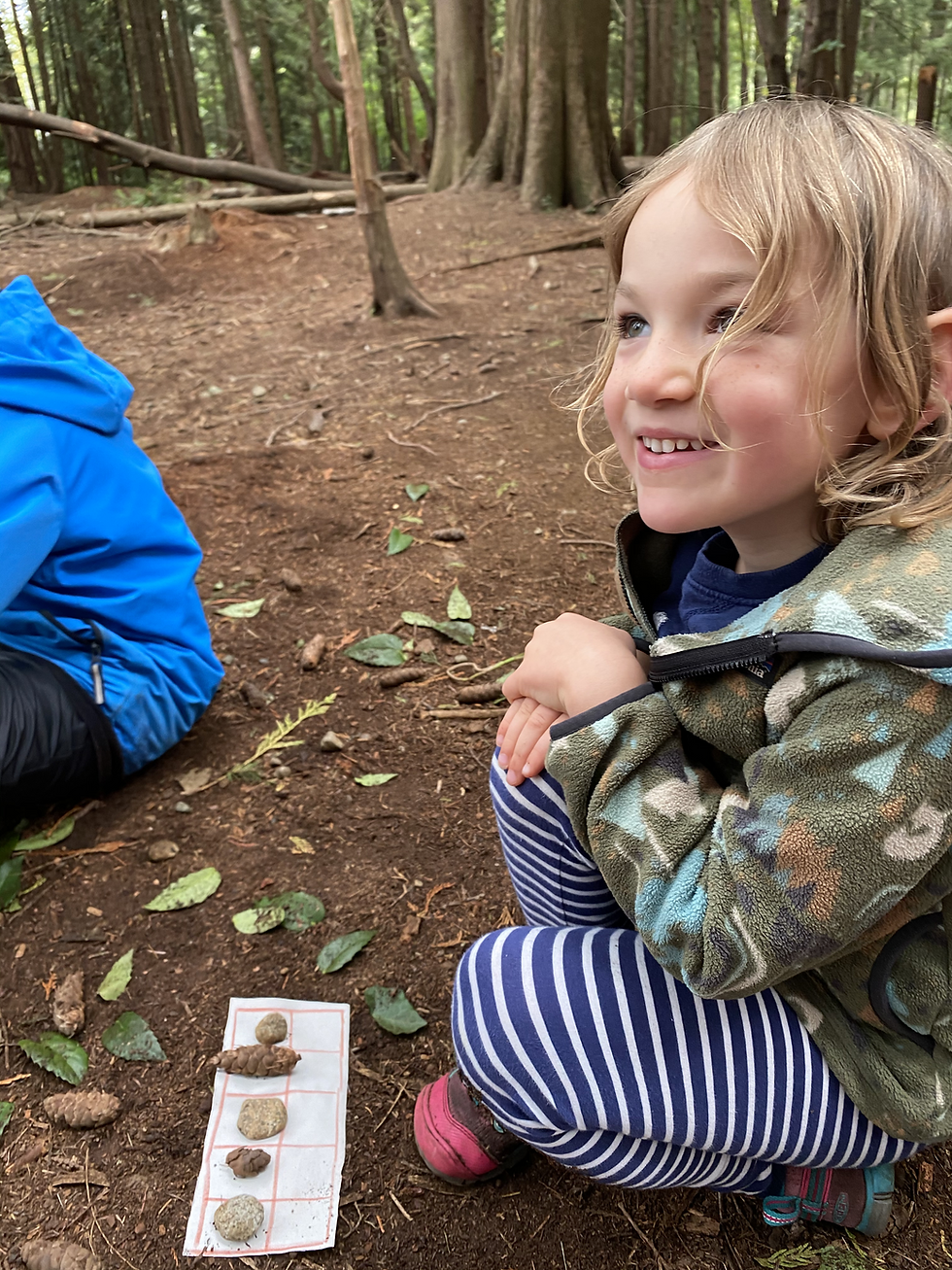
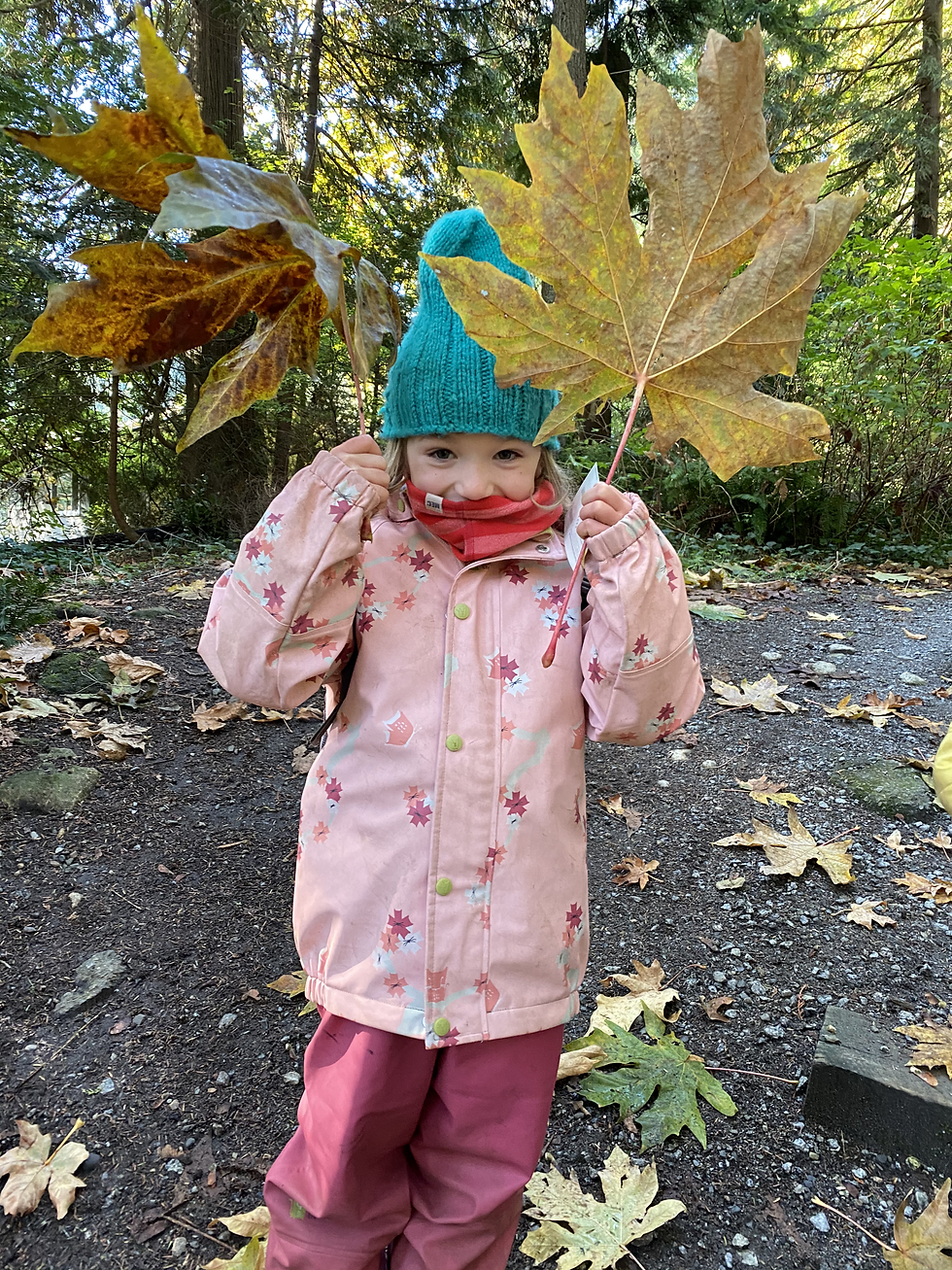

Literacy

Literacy is the ability to understand, critically analyze, and create a variety of forms of communication, including oral, written, visual, digital, and multimedia, to accomplish one’s goals. Literacy helps students apply reading, writing, speaking and listening skills across a variety of subject areas. Our literacy program is designed to engage students in and aid their understanding and use of a variety of communication skills including writing, reading, image reading, and oral language use to understand and convey meaning.
Our teachers use the Whole Language Approach which seeks to make writing and reading relevant to the children by embedding literacy in everyday acts. The aim is to help students understand that language is a system whose parts work together.
Formative assessment tools are used 3 times per year and include: Dolch tests, 100 lists, student read alouds, and the Slosson oral reading test.
Supported by a variety of activities including, but not limited to: literacy component of inquiry projects, daily quiet reading, differentiated reading and writing groups, oral storytelling practice, student read-alouds, sounds of the week for early learners, literacy centers, book studies for more ready learners, and journal writing.
Language
Our language program follows the tenets of translingualism which holds the view that differences in languages, particularly our students and staff members' home and/or first languages, are valuable resources to be honoured, preserved, developed, and utilized to produce meaning when writing, speaking, reading, and listening. Translanguaging allows learners to connect the information they already know to new information while celebrating each student’s and staff member’s family and cultural heritage.
The translingual orientation in language acquisition suggests that students bring with them the awareness of intercultural communication and the competence of translanguaging between different discourse communities.
Therefore, we will freely explore our classroom’s various languages so students become adept at translanguaging between codes and repertoires by showing their linguistic creativity and linguistic playfulness. We will encourage our community members to bring in and share important words and phrases with everyone so that all may enjoy many forms of expressing common ideas or needs.


Science
Our science curriculum is designed to support our students’ growing connection to the world around them, specifically our outdoor classroom areas. With an abundance of natural processes apparent and available to the students during the 3-4+ hours they spend outside daily, science is approached live in action. Inquiries surround what is going on at the time combined with the students’ observations and interests. Our outdoor classroom space contains forest, stream, and more urban areas and so provides a rich diversity of experience. Students discuss conservation, sustainability, responsibility, and reciprocity, and gain awareness that we are all part of one large system. Supported through daily free and guided inquiry sessions, frequent discussions, as well as the Learning in Depth program.
Math
Numeracy is the ability to understand and apply mathematical concepts, processes, and skills to solve problems and make decisions in a variety of situations, including real-life scenarios. Numeracy assessment looks at learning which has taken place throughout the student’s education, not only in mathematics, but across various subjects.
Our math curriculum seeks to prepare students to apply their skills in a variety of real-life, approachable situations. Embedded within our project inquiries, students learn the connections between mathematical concepts and the real world. Students learn math skills including, but not limited to, graphing, measurement, arrays, functions, comparison, and patterning through interaction with physical and visual representations and introductions to more complex mathematical concepts as students become ready. Supported by student-lead class initiatives (class economy, fundraisers, and design projects etc.), math centres, complex reasoning games, differentiated math groups based on readiness and ability, and skills development lessons.





